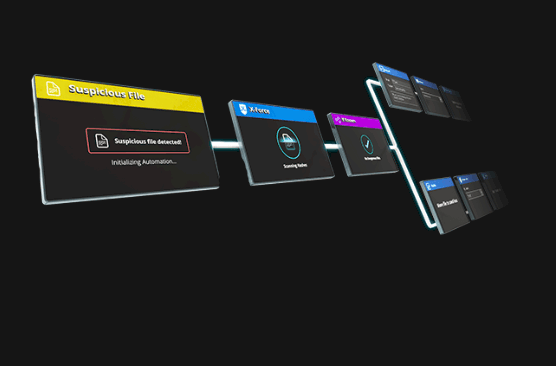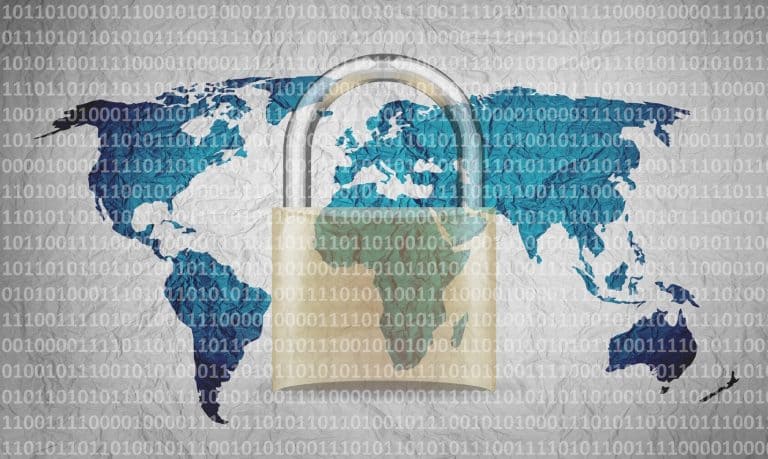Fortifying Your Digital Assets: A Comprehensive Cybersecurity Checklist

As businesses become more digital, the value (and susceptibility) of their digital assets becomes apparent. From customer databases and intellectual property to cloud and internal communications, every part of an organization’s digital ecosystem demands a degree of protection. As businesses continue to pour money into brand communication, digital advertisements, and data-driven business, organizations must consider cybersecurity not just an important element of IT infrastructure but an integral part of brand protection and consumer confidence. Organizations that overlook cybersecurity leave themselves in a state of vulnerability and exposure to exploitable threats that may undermine strategic initiatives taken over many years, harm reputations outdoors, and disrupt operations.
A strong cybersecurity posture is no longer just an IT concern. It’s now a crucial process that needs to be viewed as an essential part of the entire organization, safeguarding their brand in the digital realm. Here’s a detailed checklist for businesses to follow as they methodically implement cybersecurity measures to protect their digital assets.
Key Areas to Strengthen When Protecting Digital Assets

Secure Data Throughout the New Product Development Lifecycle
During new product development in organizations, they typically share lots of sensitive information, such as proprietary algorithms, market intelligence, and collaboration files. In particular, the product development stage is risky for cyber threats, especially when third-party vendors or remote teams are sharing project information.
Organizations must enforce end-to-end encryption on the tools used for communication, collaboration, and sharing. End users must use secure cloud-based collaboration tools. Role-based access controls must be defined throughout the project to ensure that team members have permission to view and edit only information relevant to their role and responsibility. Data loss prevention (DLP) policies and multi-factor authentication (MFA) should be applied to each tool or application supported in the lifecycle of the product.
Strengthen Endpoint Protection and Network Security
Laptops, phones, and workstations are typical pathway endpoints for cyberattacks. It is important that the company is sure all endpoints that connect to the company’s network are using antivirus software and firewalls for protection. Additionally, the company should conduct vulnerability assessments regularly, scan for weaknesses, revisit network configurations, open ports, and software updates. When employees work remotely, they should utilize a virtual private network (VPN), allowing for the secure transport of data across public networks. IT teams should also implement surveillance systems with intrusion detection systems (IDS) to monitor endpoints continuously.
Enforce Employee Cyber Hygiene and Training
Human errors remain the primary cause of data breaches. Consistent cybersecurity awareness embedded in the company’s culture is irreplaceable. Employees must undergo regular training to identify phishing attempts, set up robust passwords, and promptly report any incidents.
Policies to promote good cyber hygiene should be:
- Changing the passwords of websites you visit regularly.
- Avoiding the use of personal devices for work and office activities without following proper security measures.
- Refraining from downloading unauthorized software intentionally.
These actions are essential. Ideally, best practices should be communicated and reinforced through internal communications and mandatory refresher sessions.
Establish a Data Backup and Recovery Plan
A complete cybersecurity checklist must include reliable data backup and disaster recovery plans. Businesses must have secure, encrypted backups of all critical data—onsite and in secure cloud backups—regularly to ensure they are recoverable.
In addition to the backup systems, having a regularly updated incident response plan that is detailed enough to include steps to contain breaches, recover systems, notify stakeholders, and notify regulatory authorities—where applicable—will ensure a timely response. Minimizing recovery time can help reduce reputational damage and losses from a security incident.
Monitor Third-Party and Vendor Security Practices
Companies can be influenced by vendors, freelancers, and software service providers in ways they don’t realize may be leading them into risk. Every third-party partner should be investigated for their cybersecurity practices, along with irritations in a contract regarding data protection, breach notification, and compliance standards when co-mingling with sensitive information.
Companies should consider penetration testing and risk assessments with their larger partners as another form of risk assessment. It is important to conduct regular audits of vendors to ensure the follow-through of the protocols. If a vendor has access to internal tools or sensitive data, any shared access should be time-bound, as well as being remediated once no longer needed.
End Point
Cybersecurity has evolved to be more than just an IT priority; it is an organization-wide priority that spans the operational side of the business, including brand messaging. By addressing vulnerabilities, implementing tactical safeguards, and increasing awareness as an organization, companies can protect their digital assets and minimize their exposure to the constantly evolving threat of cybersecurity incidents. It is critical to adopt a proactive checklist-style approach to maintain cyber resilience and overall confidence in an increasingly hyper-connected digital world.




